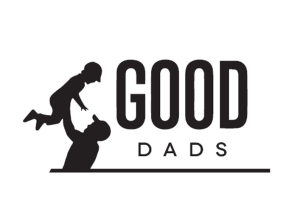
Priapus Shot® (P-Shot®) For Men
Best Non-Surgical Male Enhancement Procedure
Do you suffer from decreased sensation (and pleasure), inability to achieve firmness during relations, difficulty maintaining an erection until your partner is satisfied, decrease in size (often seen with normal aging), or an angle that causes pain or inability to have intercourse (Peyronie’s Disease)?
What are the benefits of getting a P-Shot®?
Possible benefits of the Priapus Shot® (P-Shot®) procedure: non-surgical, drug-free, enjoy sexual relations on the day of the procedure, increased sensitivity, increased desire, larger girth and length, fast and relatively painless, better, healthier sex, and improved relations.
How does the P-Shot® work?
The Priapus Shot® is a quick, usually painless, non-surgical procedure. First numbing is applied to the penis, then a simple blood draw is done. After processing the blood and obtaining the PRP (platelet-rich plasma), the PRP is injected into the shaft and the head of the penis. There is no recovery time. Full results are expected in 2-3 months.
Who can get a P-Shot®?
Men desiring to improve sexual function are great candidates. Men taking testosterone replacement may respond better, young or older often benefit. The procedure could lead to lower doses of erectile medications but may not always allow their discontinuation. Smokers may get fewer results. Size improvements occur less reliably.
An Effective Peyronie’s Disease Treatment
The Priapus Shot® can be beneficial in treating Peyronie’s, often leading to dramatic improvement with a straighter and firmer erection. The P-Shot® uses science shown by research to decrease inflammation, increase circulation, and remodel scar tissue.
How can I maintain my results after a P-Shot®?
We recommend 1-2 Medical Wave treatments every 6-12 months and a P-shot annually. Peyronie’s Disease will require more treatments.






